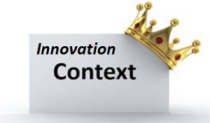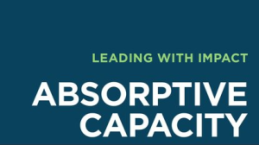 I often think of the parable of “The Elephant and the Blind Men” when I get into discussions about measuring innovation.
I often think of the parable of “The Elephant and the Blind Men” when I get into discussions about measuring innovation.
What are truths, what are the fallacies? The parable implies that one’s often subjective experience can be true on your need, but not necessarily the other person’s view of their understanding of value.
You get, as the end result, a failure to account for other ‘beliefs’ or capture the real value and miss providing broader motivations to encourage the innovation elephant along.
Establishing the right metrics that motivate and yield the result you are looking for is sometimes a tough challenge. You should always start with the bigger picture, organizational needs and then design the metrics and cascade these throughout the organization.
Continue reading “Measuring and motivating the innovation elephant”








